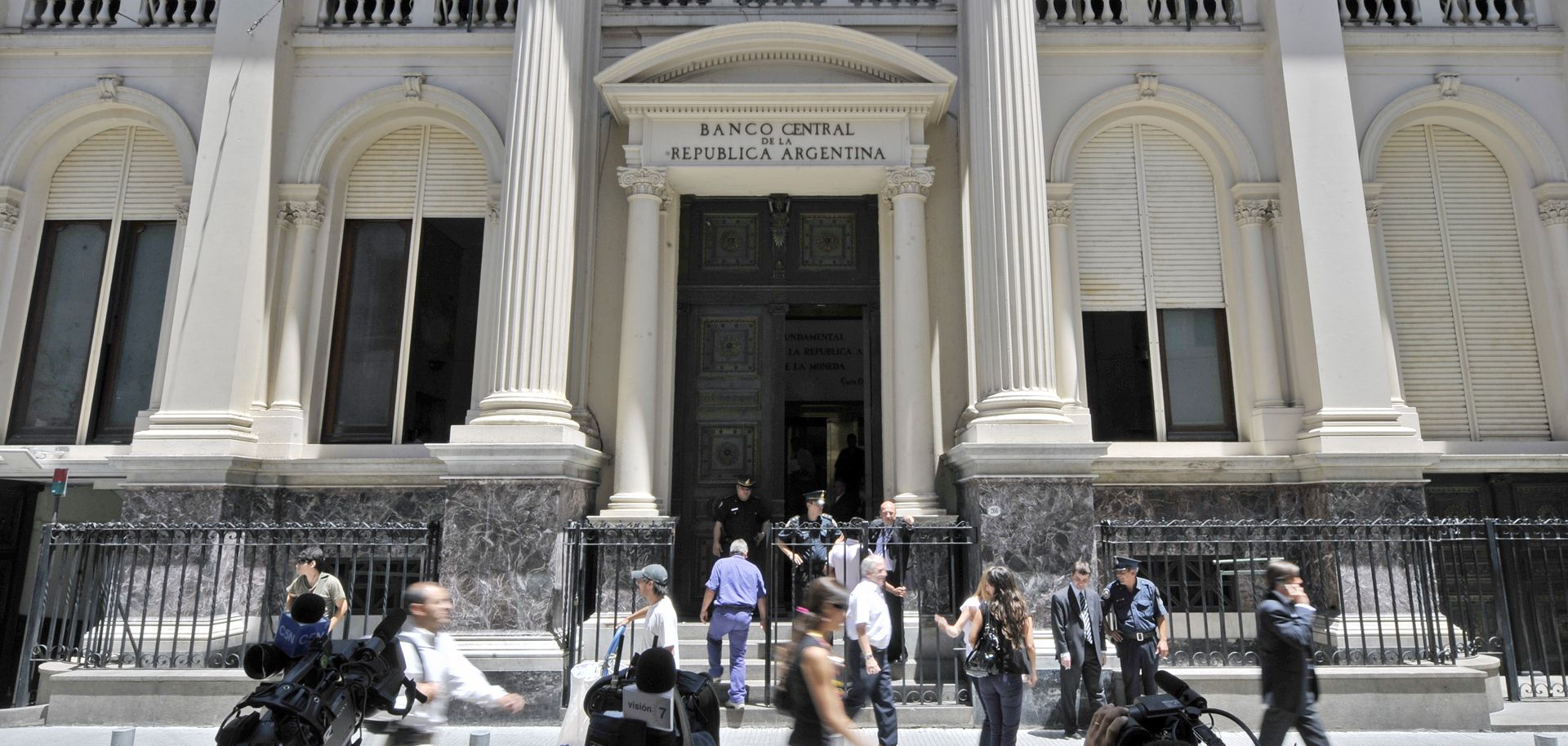ASSESSMENTS
In 2015, Argentina Must Balance Between Deficit and Debt
Dec 10, 2014 | 10:00 GMT

(JUAN MABROMATA/AFP/Getty Images)
Summary
Entering 2015, Argentina's government faces serious challenges. At the moment, it is operating on an unsustainable fiscal deficit that, by 2016, will push the country into bankruptcy if left unaddressed. In order to avoid this, Buenos Aires has two options. Both are risky. The first would be to make long-delayed debt payments left over from its economic collapse in 2001-2002. This would allow it to regain access to international credit markets. In order to do this, however, Argentina would likely have to pay out a huge portion of its foreign currency reserves within a very short period. The second option is for the government to make highly unpopular cuts to subsidies — cuts that would have to be implemented in the run-up to a presidential election in October 2015. This could mean losses for current President Cristina Fernandez de Kirchner's Justicialist Party.
However, Buenos Aires has had some luck recently. Commodity price fluctuations are working in Argentina's favor, giving the country a larger than expected trade surplus. These price fluctuations are unpredictable, but if this trend continues the government would be able to take on more internal debt from the central bank. This could allow the government to postpone spending cuts until after 2015 elections. Moreover, the larger trade surplus would also give Argentina a stronger position in ongoing debt negotiations, meaning that it could manage to strike a better deal and pay a lower amount than the holdouts are asking for.
Subscribe Now
SubscribeAlready have an account?
